I opened a can of aphids (gardeners like worms, so we wouldn't be scared of a can of worms!) when I asked on Facebook what challenges and questions fellow gardeners have. There are so many I'll do a few Garden Q&A posts. Feel free to add your questions and answers in the comments!

What can I plant now?
In Ohio, we're well into the summer planting season. Gardeners are free to plant seedlings and summer maturing seeds.
Every gardener should test their soil and amend as necessary to insure the best results. If you grew tomatoes, peppers, eggplants, or potatoes in a particular bed last year, try to rotate to a nitrogen fixing plant like beans to renew the soil. Otherwise, be sure to amend with nutritious worm castings.
Seedlings or seeds?
For best success, buy seedlings for the following plants: tomatoes, peppers, eggplants, okra, and herbs. Plant seeds for beans, peas (though it's too late for those in Ohio this year), squash, cucumbers, lettuce, radishes and greens.

What spacing do various plants need?
You want to allow just enough spacing for a plant to grow to maturity without leaving too much room for weeds. Greens, lettuces, radish, and carrot seeds can be planted every 1-2 inches. Space herbs 4-6 inches apart. Plant bean seeds 2-4 inches apart and squash every six inches. Broccoli (pictured above with sandal spacing), cabbage, tomato, pepper, eggplant, and okra seedlings should be spaced every 10-12 inches as they will easily grow to take up that much space and possibly more.
How and when do I set up cages and supports?
Even though it looks goofy, I advocate for setting up cages and supports very soon after plants sprout. It is easier to train a plant inside a cage than to add a cage later when it can damage leaves. For tomatoes, bury a large cage deep in the soil or put heavy duty stakes on either side of your tomato row and run wire between and around the stakes for support. We often add stakes later as plants need it.
Bean, peas, cucumbers, and squash can be trained to climb up a fence, bamboo teepee, crossed branch trellis, or even an old wire matress frame. The most important part is to bury stakes deeply so they will support the plant as it grows.
What can be done about rodent/pet pests?
My best advice for rodents is to get a big dog. Really, Devie is the only thing that scares away the squirrels with any regularity. She does like tomatoes and peas off the vine herself, so we have to fence our raised beds to keep her out of them!
If a noisy dog is out of the question (believe me, the barking at every little thing is annoying), you can try sprinkling cayenne pepper around the beds as some digging rodents will be deterred by the spice.
Removing any other potential food or housing source is another way to deter rodents. Stop feeding birds near the garden, as mice and squirrels are attracted by bird feed too. Keep compost and wood piles away from vegetable beds because they house rodents.

What about insect pests?
I generally see two kinds of insects in my garden - legged beetle-type bugs and crawling caterpillars. Both tend to eat the leaves and young fruit of my future food. Many gardeners hand pick largest pests like caterpillars and slugs, killing them in a jar of soapy water. Lil likes to find slugs and grubs to feed to Austra - the better for my garden and my eggs!
For leggy pests, spray the plants with a dilute solution of Dr. Bronners lavender or mint soap, 1 teaspoon per 16 out spray bottle. This makes it hard for beetles to crawl on the leaves and they will find somewhere else to live.
Crawling caterpillars and slugs can take out a whole plant overnight. I combat them by sprinkling diatomaceous earth (DE) on the leaves and around the soil. Diatomaceous earth is the sharp silicon shards of ground up diatom fossils that cut through the skin of insects without an exoskeleton. It is safe for humans and pets to consume, even, though during application gardeners should wear a mask as DE is a fine dust that can be a breathing hazard.
Introducing beneficial insects like ladybugs and praying mantises will result in the 'good' bugs preying on the 'bad' one. The most fail-proof, but costly, way to avoid many of these pests is to install row covers or grow in high houses or high tunnels.
The Mother Earth News article 'Organic Pest Control' provides specific recommendations for the top twelve harmful garden insects.
Eight hundred words on six questions seems like enough for today! I'll answer more questions about pruning, containers, and anything that comes up in the comments next week. If you're planting a garden for the first time, don't forget about my free Grow Your Garden ebook - it covers all the basics.
Please join the conversation - do you have innovative solutions to these questions? Or more garden challenges? Leave a comment.

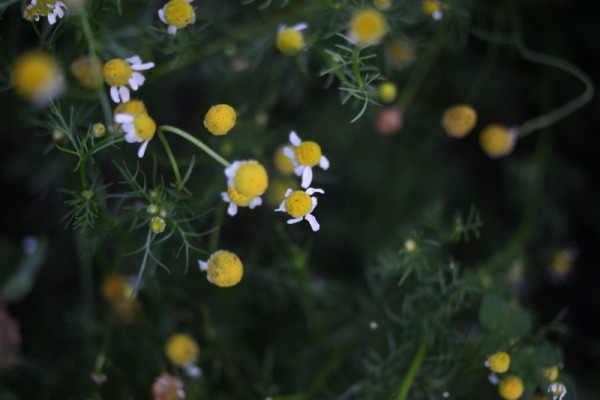
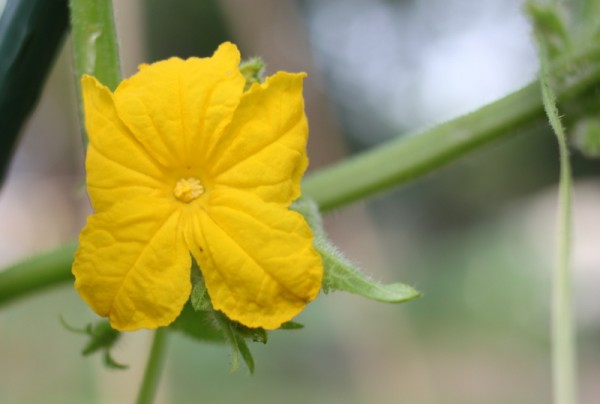
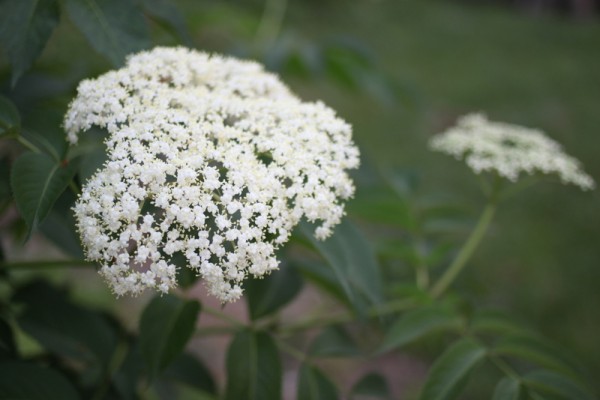
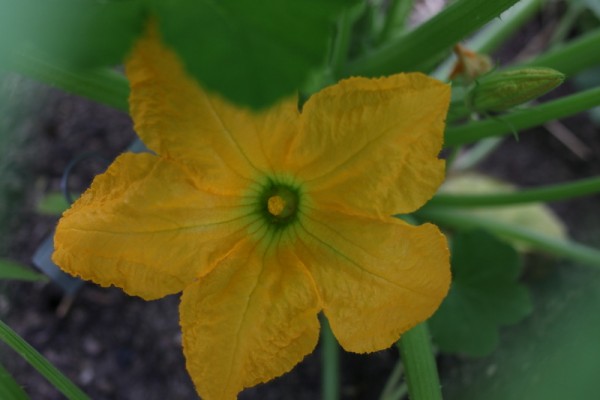
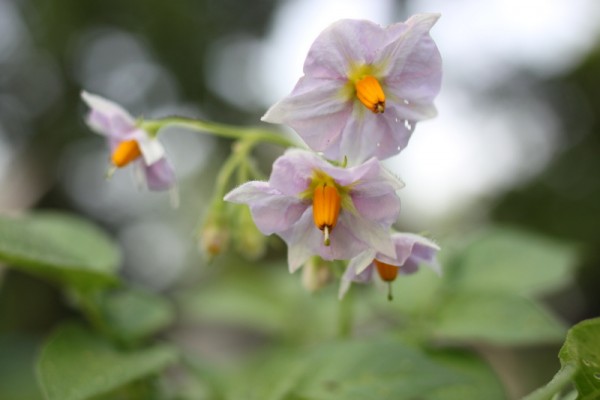
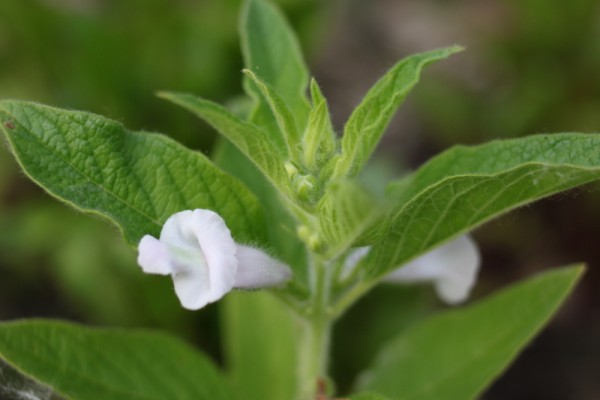
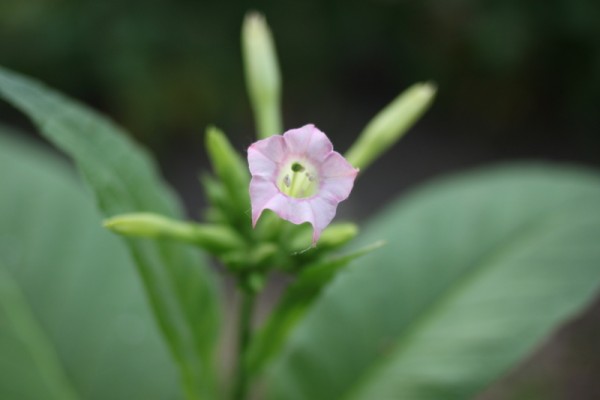

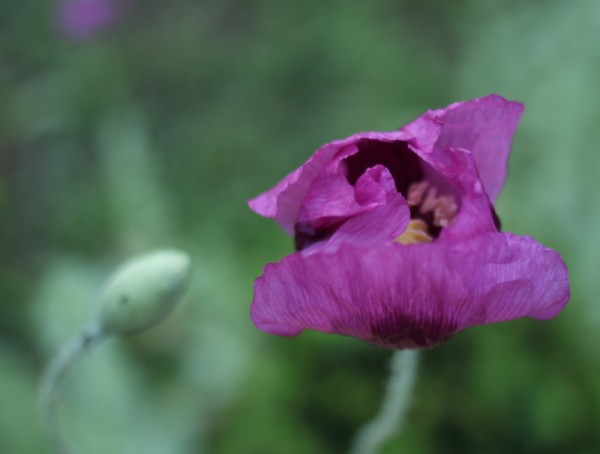







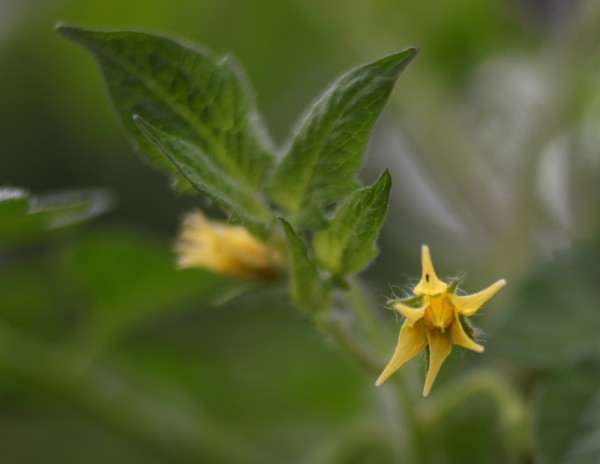

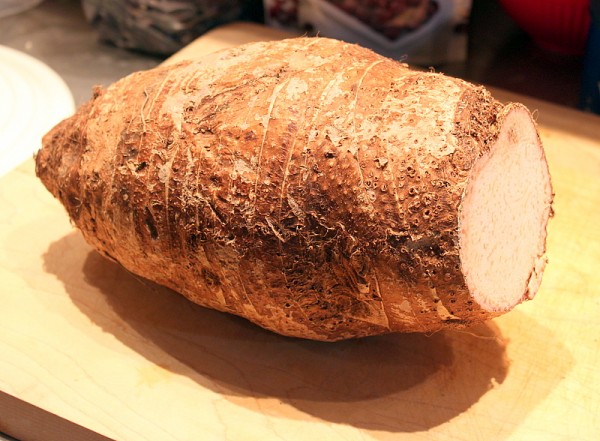
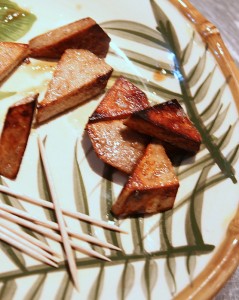



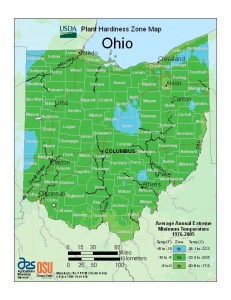




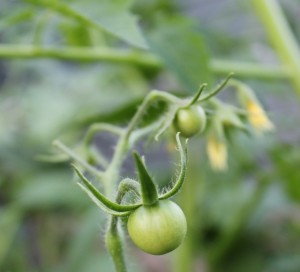
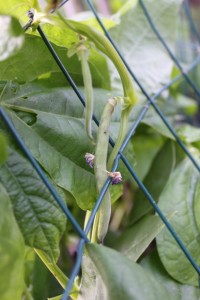
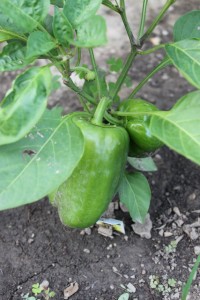
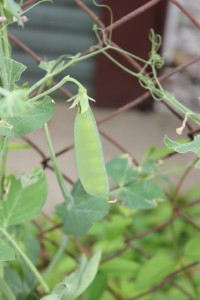
 The sun calls me outside; the bitter cold pushes me right back down into this chair.
The sun calls me outside; the bitter cold pushes me right back down into this chair.